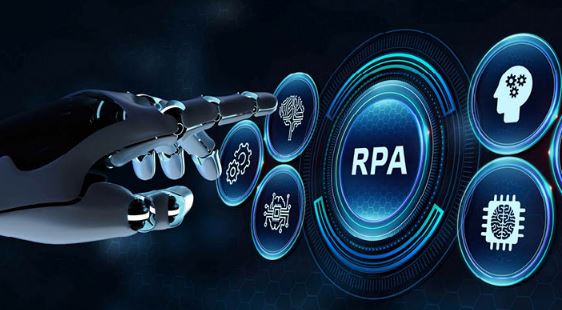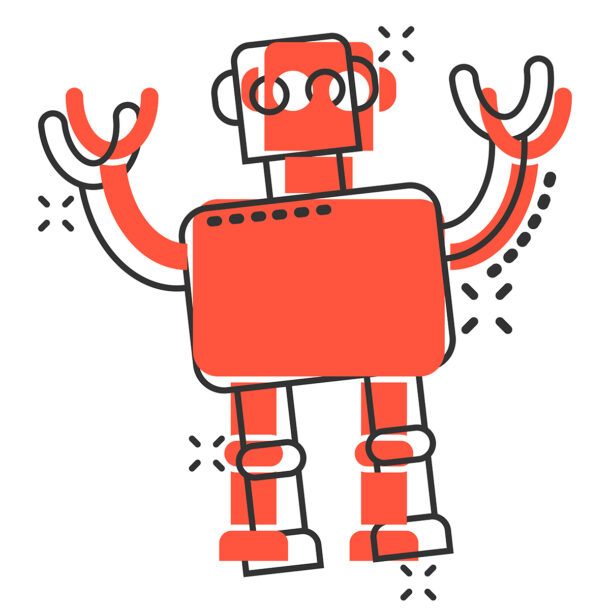I. Introduction
What is the Use of RPA Chatbot? In the ever-evolving world of technology, businesses are constantly seeking ways to streamline processes and enhance customer experiences. Two technologies that have made a significant impact in this regard are Robotic Process Automation (RPA) and bots. This article delves into the integration of RPA and bots, and how they can be leveraged to transform business operations. From improving customer service to boosting efficiency, the combination of RPA and bots is revolutionizing the way businesses operate.
II. Understanding RPA and Chatbots
Robotic Process Automation (RPA)
- RPA is a technology that automates repetitive and mundane tasks, allowing employees to focus on more complex and creative aspects of their work.
- It involves the use of software robots or “bots” to perform tasks such as data entry, processing transactions, and generating reports.
Chatbots
- Chatbots are AI-driven programs that simulate human conversation through text or voice interactions.
- They are commonly used in customer service to handle queries and provide instant responses.
Synergy Between RPA and Chatbots
- When combined, RPA and chatbots create a powerful tool that not only communicates with users but also performs backend tasks seamlessly.
- This integration leads to more efficient customer service, reduced operational costs, and improved overall productivity.
III. The Benefits of Combining RPA and Chatbots
- Enhanced Customer Service: Bots provide instant responses to customer queries, while RPA ensures that backend processes are handled efficiently.
- Increased Efficiency: Automation of repetitive tasks leads to faster and more accurate processing.
- Cost Savings: Reduced reliance on manual labor for mundane tasks leads to significant cost savings.
- Scalability: RPA and chatbots can be easily scaled to handle increased workload during peak times.
- Employee Empowerment: Freeing employees from repetitive tasks allows them to focus on more meaningful work.
IV. Popular Use Cases of RPA Chatbots
- Customer Support: Handling customer queries, providing product information, and resolving issues.
- Lead Generation: Identifying potential leads through chat interactions and automating follow-up processes.
- Internal Process Automation: Automating internal processes such as employee onboarding, payroll, and inventory management.
- Data Retrieval and Analysis: Fetching data from various sources and providing analytical reports.
V. Implementation and Challenges
Implementing RPA chatbots requires careful planning and consideration. Here are the steps involved:
- Identify the Needs: Understand the business needs and identify the processes that can be automated.
- Choose the Right Tools: Select the RPA and chatbot tools that best fit the business requirements.
- Develop and Test: Develop the RPA chatbot system and conduct thorough testing to ensure it meets the desired goals.
- Deploy and Monitor: Deploy the system and continuously monitor its performance for any necessary adjustments.
Challenges include ensuring security, handling complex queries, and integrating with existing systems.
VI. Technologies Behind RPA Chatbots
- AI and Machine Learning: Enables chatbots to learn from interactions and improve over time.
- Natural Language Processing (NLP): Allows chatbots to understand and process human language.
- Workflow Automation Tools: Enables the automation of business processes through RPA.
VII. Future Trends and Innovations
- Advanced AI Integration: Future RPA chatbots will likely have more advanced AI capabilities.
- Voice-Enabled Chatbots: Integration of voice recognition technology.
- Cross-Platform Compatibility: RPA chatbots that can operate across various platforms and devices.
VIII. FAQ
- What are RPA bots?
- RPA chatbots are a combination of Robotic Process Automation and chatbots. RPA automates repetitive tasks, while chatbots handle communication with users.
- How do RPA bots improve customer service?
- They provide instant responses to customer queries and automate backend processes, ensuring a seamless customer experience.
- What are the challenges in implementing RPA bots?
- Challenges include integration with existing systems, handling complex queries, and ensuring security and compliance.
- Can RPA bots be used in any industry?
- Yes, they can be used in various industries like finance, healthcare, retail, and more for customer service, data processing, and other tasks.
- What is the future of RPA bots?
- The future includes advanced AI integration, voice-enabled chatbots, and cross-platform compatibility.
IX. Next Steps
Unlock the full potential of RPA chatbots for your business. Book a demo with our experts to explore how RPA bots can transform your operations and enhance customer experiences. Schedule your demo now.
X. Conclusion
The integration of RPA and chatbots is a game-changer for businesses seeking to enhance efficiency and customer service. From automating mundane tasks to providing instant customer support, RPA bots are revolutionizing business operations. As technology advances, we can expect even more innovative applications of RPA chatbots.
Discover more about bots and RPA integration on our dedicated page.


